
A N OTE ON THE A UTHORS

James Salter is the author of nine previous books, including the novel A Sport and a Pastime; the collection Dusk and Other Stories, which won the 1989 PEN/Faulkner Award; and Burning the Days: Recollection. Kay Salter is a journalist and playwright who has written for The New York Times and Food and Wine, among other publications. Yr. Obedient Servant, her play about Samuel Johnson, was produced in London under her maiden name, Kay Eldredge. The Salters live in Colorado and on Long Island.

A N OTE ON THE I LLUSTRATOR

Born in Blois, France, in 1962, graphic artist, illustrator, and set and product designer Fabrice Moireau has been sketching his surroundings since earliest childhood. Moireaus illustrations have appeared in such books as Louis Vuittons Carnet de voyage (Paris), Henri Delbards Les fruits de ma vie, and Carluccios Complete Italian Foodby Antonio and Priscilla Carluccio. He lives in Olivet, France, with his wife and children.


MEALS ARE EVERYTHING
The meal is the essential act of life. It is the habitual ceremony, the long record of marriage, the school for behavior, the prelude to love. Among all peoples and in all times, every significant event in lifebe it wedding, triumph, or birthis marked by a meal or the sharing of food or drink. The meal is the emblem of civilization. What would one know of life as it should be lived or nights as they should be spent apart from meals?

EIFFEL TOWER
The Eiffel Tower was intended to stand for only twenty years when it was built for the 1889 Worlds Fair. Though it always had its admirers, others scornfully referred to it as the tallest flagpole in existence. Guy de Maupassant called it a giant and disgraceful skeleton and ate his lunch underneath it every day, because that was the only place in the city where he didnt have to look at it.
When it came time to pull it down in 1910, it was saved by the development of the telegraph, which required a tower. Ten years later, it barely survived a request from the construction industry to melt it down for its iron. Only in 1964 did the French decide to keep it for good, designating it an historic structure. Maupassant, if his royalties were sufficient, could avoid looking at it today by dining at one of the most famous restaurants in Paris, the Jules Verne, stylish and animated, often booked months in advance for its food as well as its exceptional view from the second tier of the tower, more than four hundred feet above where he used to have his lunch.

DINNER WITH LORD BYRON
Samuel Rogers (17631855) was a wealthy minor poet whose elegant home on St. James Street in London became a gathering place for his literary friends, including Charles Lamb. In his book Table Talk, Rogers recalls first meeting Lord Byron when it was arranged he should come to dinner:
When we sat down to dinner I asked Byron if he would take soup? No, he never took soup. Would he take fish? No, he never took fish. Presently I asked if he would take some mutton? No, he never ate mutton. I then asked if he would take a glass of wine? No, he never tasted wine.
It was now necessary to inquire what he did eat and drink; and the answer was, nothing but hard biscuits and sodawater. Unfortunately, neither hard biscuits nor sodawater were at hand; and he dined upon potatoes bruised down on his plate and drenched with vinegar. My Joanna Baillie.
Some days after, meeting Hobhouse, I said to him, How long will Lord Byron persevere in his present diet? He replied, Just about as long as you continue to notice it.
I did not then know, what I now know to be a factthat Byron, after leaving my house, had gone to a club in St. Jamess Street, and eaten a hearty meat-supper.

COFFEE
They have in Turkey a drink called Coffee as Black as Soot, and of a Strong Scent which they take, beaten into Powder, in Water, as Hot as they can Drink it; and they take it, and sit at it in their Coffee Houses, which are like our Taverns.
F RANCIS B ACON
Some forty years after Bacons death, coffee made its way from Turkey to France with the sultans ambassador to the court of Louis XIV, where Mme de Svign predicted, with something less than her usual acuity, There are two things the French will never swallowRacines poetry, and coffee. She lived long enough to find that she was wrong about both.
The coffee tree, a small evergreen with fragrant white flowers and dark red pods, each containing two beans, is thought to be native to Ethiopia, and East Africa remains a producer, behind South America, where Brazil is the leader. The beverage was made of the roasted, crushed beans and probably developed in Arabia. It then moved northward to Egypt and Turkey, where it became so essential to daily life that in Constantinople, denying a wife her coffee gave her grounds for divorce. When it arrived in Europe and the Americas in the 1600s, it was the thick, unfiltered liquid still served in Turkey, Greece, and the Middle East. Gradually, as it traveled, its preparation was adapted to the taste of its public by filtering or adding milk, sugar, or flavorings.
Always valued for its stimulating effect, coffee contains more caffeine than any other drink. There are about 110 to 150 milligrams of caffeine in a cup of coffee made by the drip method and about 65 to 125 in a percolated cup, nearly twice the amount found in tea. Espresso, though stronger in taste because it is more concentrated, actually has less caffeine than regular coffee. Decaffeinated, which has been around for one hundred years, accounts for about twenty percent of coffee sales in the United States.
Balzac was in the habit of drinking up to thirty cups a day while writing for twelve-hour stretches, producing his vast body of fiction as he tried to scramble out of debt. Dead at fifty, the cause wasnt coffee, though medical authorities today more or less agree that four cups a day is about as many as most people can consume before experiencing the side effects of excessive caffeine.


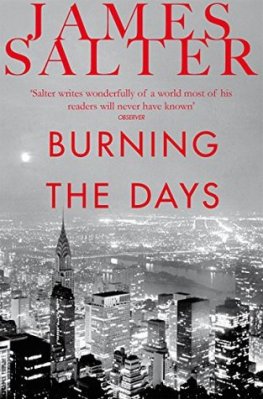
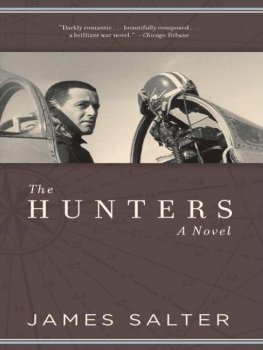
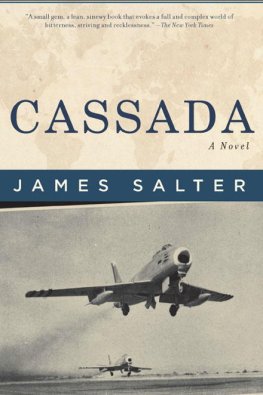
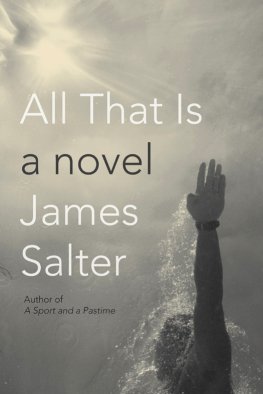
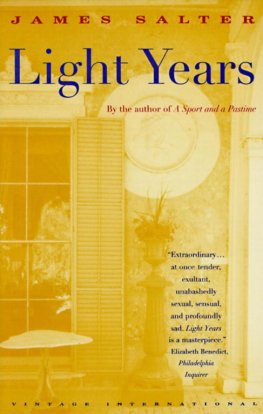
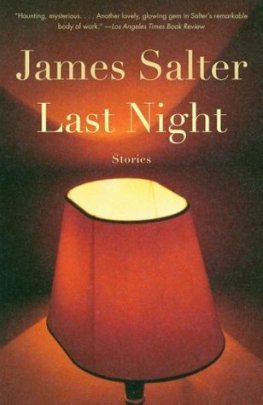
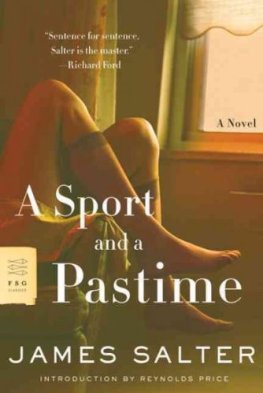
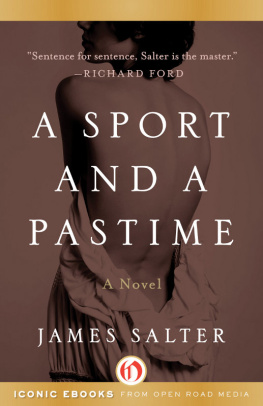
![James Salter - A sport and a pastime : [a novel]](/uploads/posts/book/43559/thumbs/james-salter-a-sport-and-a-pastime-a-novel.jpg)
 A N OTE ON THE A UTHORS
A N OTE ON THE A UTHORS 





